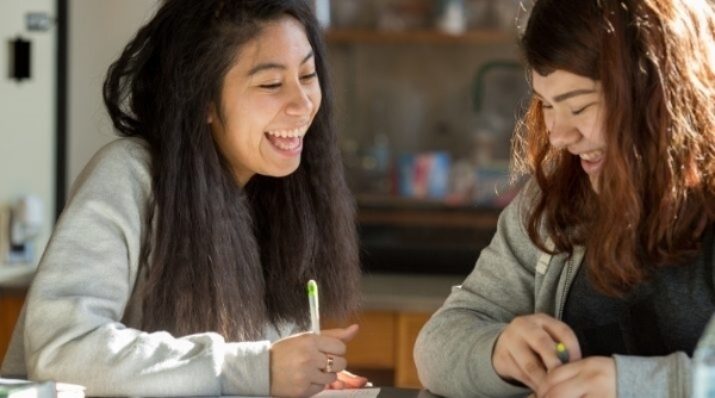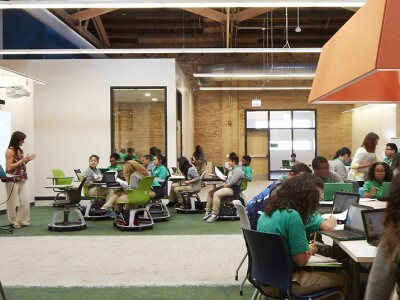Redefining Numbers: How Students Continue to Make Math Accessible
Topics

We’ve all had the experience of truly purposeful, authentic learning and know how valuable it is. Educators are taking the best of what we know about learning, student support, effective instruction, and interpersonal skill-building to completely reimagine schools so that students experience that kind of purposeful learning all day, every day.
By allowing students to lean into their strengths and learn math in a way that feels natural to them, they can progress at an increased pace.
Earlier this year, numerals created by students from Kaktovik, Alaska, were added to the digital realm, including smartphones and computers. This numerical system, called Kaktovik after the Alaskan village where it was created, was originally developed almost 30 years ago as a class project. Since then, it has been endorsed by the Inuit Circumpolar Council, which represents 180,000 Inuit across Alaska, Canada, Greenland, and Russia.
The numerals themselves are uniquely suited for quick, visual arithmetic using the traditional Inuit oral counting system, which is based on the human body. Quantities are described in groups of 5, 10, 15, and then 20. Unfortunately, the system was erased by the 1990s when American schools suppressed the native language and counting systems.
Fortunately, students have maintained the original system and have brought new light to how the numbers can be represented on paper and, in the future, digitally. The thoughtful and visually-designed numbers have made math accessible for students to learn. The design is based on tally marks, with numbers 1 through 4 having tallies for each count. For 5, 10, and 15, each numeral is represented by the number of strokes that matches its value in multiples of 5.

Credit: Amanda Montañez; Source: “Unicode Request for Kaktovik Numerals,” by Eduardo Marín Silva and Catherine Strand. Submitted to Unicode Technical Committee Document Registry March 16, 2021 (reference)
The acceptance of the Kaktovik numerals into the digital era is an exciting moment in recent math history. It highlights how students are not only involved but are also actively impacting how we communicate and learn. At Teach to One, it reminds us that by allowing students to lean into their strengths and learn in a way that feels natural to them, they can progress at an increased pace. Meeting students where they are in their learning acknowledges that each student is unique and brings their own voice and choice to the classroom.
Our tool, Roadmaps, demonstrates how our organization values individual paths for student growth in math. Roadmaps highlights each student's strengths while providing lessons and strategies to dig deeper into areas they have yet to learn. By giving students the fundamental building blocks to learn new things, Roadmaps builds on the same kind of commitment to making math accessible that the Kaktovik numeral system exemplifies. By allowing students to learn at their own pace, Roadmaps taps into the same agency for learning that the students who created and maintained the Kaktovic numerals demonstrated.
Authenticity, agency, and enablement are just some of the ways to make student-centered math accessible. Educators and school leaders are continuously looking for ways to empower students in their learning journey. What might you do to bring more authenticity, agency, and enablement to grow learners’ math skills?
Source for the graphic and story about the Kaktovic number system: A Number System Invented by Inuit Schoolchildren Will Make Its Silicon Valley Debut, by Amory Tillinghast-Raby in Scientific American on April 10, 2023.
Photo at top by Allison Shelley/The Verbatim Agency for EDUimages, CC BY-NC 4.0




